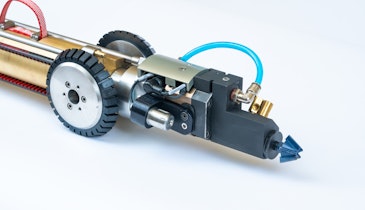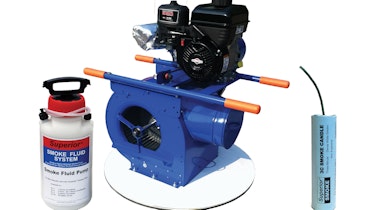I must comment on the wisdom of using videotapes to store pipe-line inspaction data (“Rooting for the Future” article, MSW, August 2009).
Although most agencies are wisely making the transition from VHS to digital, many will be stuck with archives of VHS tapes, and plans to digitize at some point when funds are available. You can digitize the tapes in-house, but that's extremely time-consuming, even with dedicated hardware.
The fact is, there are a lot of VHS tapes out there that will be sitting on a shelf for some time. The story quoted the National Film and Sound Archives as recommending specific temperature and humidity ranges for videotape storage, and you can trust what they say.
But there are a few other things to consider if videotape longevity
is important. Some are obvious, some less so. First, and perhaps most obvious, tapes should never be stored near sources of magnetic fields: transformers (even common “wall warts”), speakers, some radios, and older CRT monitors are all frequent culprits.
Second, they should be stored on edge, either long or short, but not laid flat. There is sufficient play in the tape spindles that the weight of the tape will cause it to sag, eventually stretching the tape along one edge. This can create playback distortion.
Finally, when preparing to digitize the tape, especially with tapes that have not been played in the last five years, it is best to play them through to the end at normal speed, then rewind, then proceed with digitization. Old tapes can sometimes stick between layers, and that causes jerky playback and synchronization problems. If there are any stuck layers, this two-pass process will unstick them.
And one note about the playback hardware: As the article mentions, at some point, VHS videotape players will be rare, though likely still available through special media restoration companies. If you want to do the digitization in-house, have a head-cleaning tape ready for the player. Older VHS tapes tend to shed their layers as tiny particles that can adhere to the tape head. If playback starts to look grainy, it would be worth running a head cleaner.
Daniel Heim
New River, Ariz.





